
Central processor (CPU): This is the computing core of the computer, which is responsible for executing instructions and controlling the operation of the entire computer system. It includes one or more microprocessors for performing basic arithmetic and logical operations. Memory: Memory is a place used to store the data and programs that currently need to be used.
8 Networking: Multiple computer systems can transcend geographical boundaries and share remote information and software resources with the help of communication networks.
The microcomputer system consists of two parts: hardware system and software system. It is a computer system composed of microcomputer, monitor, input and output device, power supply and control panel, etc. Equipped with operating system, advanced language and a variety of tool software, etc. It is a modern electronic device that can process information automatically, at high speed and accurately.
Principles of flexibility and variability. Flexibility refers to the ability of the system to adapt to changes in the external environment. Whether a system can play a role and have strong vitality depends to a large extent on whether it is acceptable to management.
The overall design of the system should be based on the design idea of system engineering, so that the developed system can meet the overall requirements of scientific, rationalization and economy. Generally, the following basic principles are followed.
The principle of pro-systematization; the principle of applicability; the principle of advancedness; the principle of low cost; the principle of reliability; the principle of multiple uses in one machine. Logistics is the whole process of planning, implementing and controlling the flow and storage of raw materials, intermediate products, final products and related information from the place of production to the place of consumption.
Standardization principle: The design of mechatronics system needs to follow relevant standards and norms to ensure the reliability and safety of the system. The principle of scalability: The design of mechatronics systems needs to consider the scalability of the system and expand the functions of the system without affecting the overall performance of the system.
The basic principles of adjusting the control design of the system are as follows: the steady-state error is small: the control system's steady-state error should be as small as possible. Fast response: The control system should respond to changes in the input signal as quickly as possible to achieve the expected output as soon as possible.

1. The overall structure of the computer graphics system consists of two parts: hardware and software. The hardware includes: the main computer, the graphics monitor and I/O interactive tools and storage devices; the software includes the operating system, advanced language, graphics software and application software.
2. The overall structure consists of two parts: hardware and software. The hardware includes: the main computer, the graphics display, and I/O interactive tools and storage devices;Software includes operating systems, high-level languages, graphics software and application software.
3. A complete computer system consists of two major parts: hardware system and software system. Among them, the hardware system is the kernel of the computer system and the actual physical device for information processing, including five major parts: operator, controller, memory, input device and output device.
4. Hardware system: The hardware system of a computer is composed of input equipment, host and output equipment. External information is input to the host through the input device, analyzed, processed and processed by the host, and then output by the output device. 1 Input and output devices: Computers can only recognize binary digital electrical signals, and people are used to receiving graphic, text, audio and video signals.
5. The database is stored in the computer system.A collection of structured data, the database management system is a huge software that works with the support of the operating system. Using a series of commands provided by the database management system, users can establish, maintain, manage and use the database.
6. The hardware structure of the computer system is mainly composed of five parts: controller, operator, internal memory, input device and output device.
1. System framework refers to the interconnection, interaction mode or order between the components within the system, that is, the specific form of the arrangement and combination of each element in time or space. In the most basic sense, the system is composed of interrelated elements.
2. Interface Design: Define the SystemInterfaces that interact with external systems or users, including the format, protocol and interface security requirements of input and output data. Technical selection: Select technical stacks and tools suitable for system needs, such as programming language, development framework, database management system, etc.
3. The system development framework is: Spring MVC & Spring Boot Spring MVC should be the most commonly used. Spring Web MVC framework (Spring MVC) is a rich model view control web framework. Using release request processing, he uses configurable handler mapping, view parsing and theme solutions.
4. System architecture is the technical implementation framework of the determined needs, make a good plan, use a complete set of tools, and complete the task in the planning steps.Technical structure Evaluate, analyze and improve the constituent frameworks and models of organizations, networks and programs through reasonable and perfect evaluation channels.
5. Draw the main framework: use the main framework to represent the general layout and organization of the whole architecture. This may include the framework of the main module or subsystem. Draw components and connections: Draw each component one by one in the main frame, and use appropriate graphics (such as boxes, circles, arrows, etc.) to represent their types and functions.
1. System design is the process of designing a new system that can meet the required goals (or objectives) to the greatest extent based on the results of system analysis and using systematic scientific ideas and methods.
2. The meaning of logical classification in the overall structure design of the system refers to the classification and collation of information according to the internal causal relationship, conditional restrictions and other logical relationships between things in order to better understand and analyze the problem.
3. For the overall design of engineering systems, it refers to the former meaning. Overall design is an important stage in the development of engineering projects. The purpose of the overall design: The main purpose of the system design is to determine the main performance parameters, technical indicators and appearance shape of the product and other important parameters.
4. The outline design in software documents, also known as "overall design", is an overall consideration of the system by developers after clarifying the user's needs (what they want) (clarifying the system goals, design principles, preliminary consideration of database design and functional design). The country has relevant standards in this regard (summary setting Instruction manual (GB8567-88).
5. Overall system design: including the overall architecture scheme design of the system, the overall architecture design of the software system, the overall design of data storage, the scheme design of computer and network systems, etc. ( 2) Detailed system design: including code design, database design, human-machine interface design, processing process design, etc.
6. The main content of system design: system design is divided into overall structure design and detailed structure design. ( I) The overall structure design mainly solves the problems of subsystem division and confirmation, module structure design, network design and configuration scheme.
Real-time shipment inspection data-APP, download it now, new users will receive a novice gift pack.
Central processor (CPU): This is the computing core of the computer, which is responsible for executing instructions and controlling the operation of the entire computer system. It includes one or more microprocessors for performing basic arithmetic and logical operations. Memory: Memory is a place used to store the data and programs that currently need to be used.
8 Networking: Multiple computer systems can transcend geographical boundaries and share remote information and software resources with the help of communication networks.
The microcomputer system consists of two parts: hardware system and software system. It is a computer system composed of microcomputer, monitor, input and output device, power supply and control panel, etc. Equipped with operating system, advanced language and a variety of tool software, etc. It is a modern electronic device that can process information automatically, at high speed and accurately.
Principles of flexibility and variability. Flexibility refers to the ability of the system to adapt to changes in the external environment. Whether a system can play a role and have strong vitality depends to a large extent on whether it is acceptable to management.
The overall design of the system should be based on the design idea of system engineering, so that the developed system can meet the overall requirements of scientific, rationalization and economy. Generally, the following basic principles are followed.
The principle of pro-systematization; the principle of applicability; the principle of advancedness; the principle of low cost; the principle of reliability; the principle of multiple uses in one machine. Logistics is the whole process of planning, implementing and controlling the flow and storage of raw materials, intermediate products, final products and related information from the place of production to the place of consumption.
Standardization principle: The design of mechatronics system needs to follow relevant standards and norms to ensure the reliability and safety of the system. The principle of scalability: The design of mechatronics systems needs to consider the scalability of the system and expand the functions of the system without affecting the overall performance of the system.
The basic principles of adjusting the control design of the system are as follows: the steady-state error is small: the control system's steady-state error should be as small as possible. Fast response: The control system should respond to changes in the input signal as quickly as possible to achieve the expected output as soon as possible.

1. The overall structure of the computer graphics system consists of two parts: hardware and software. The hardware includes: the main computer, the graphics monitor and I/O interactive tools and storage devices; the software includes the operating system, advanced language, graphics software and application software.
2. The overall structure consists of two parts: hardware and software. The hardware includes: the main computer, the graphics display, and I/O interactive tools and storage devices;Software includes operating systems, high-level languages, graphics software and application software.
3. A complete computer system consists of two major parts: hardware system and software system. Among them, the hardware system is the kernel of the computer system and the actual physical device for information processing, including five major parts: operator, controller, memory, input device and output device.
4. Hardware system: The hardware system of a computer is composed of input equipment, host and output equipment. External information is input to the host through the input device, analyzed, processed and processed by the host, and then output by the output device. 1 Input and output devices: Computers can only recognize binary digital electrical signals, and people are used to receiving graphic, text, audio and video signals.
5. The database is stored in the computer system.A collection of structured data, the database management system is a huge software that works with the support of the operating system. Using a series of commands provided by the database management system, users can establish, maintain, manage and use the database.
6. The hardware structure of the computer system is mainly composed of five parts: controller, operator, internal memory, input device and output device.
1. System framework refers to the interconnection, interaction mode or order between the components within the system, that is, the specific form of the arrangement and combination of each element in time or space. In the most basic sense, the system is composed of interrelated elements.
2. Interface Design: Define the SystemInterfaces that interact with external systems or users, including the format, protocol and interface security requirements of input and output data. Technical selection: Select technical stacks and tools suitable for system needs, such as programming language, development framework, database management system, etc.
3. The system development framework is: Spring MVC & Spring Boot Spring MVC should be the most commonly used. Spring Web MVC framework (Spring MVC) is a rich model view control web framework. Using release request processing, he uses configurable handler mapping, view parsing and theme solutions.
4. System architecture is the technical implementation framework of the determined needs, make a good plan, use a complete set of tools, and complete the task in the planning steps.Technical structure Evaluate, analyze and improve the constituent frameworks and models of organizations, networks and programs through reasonable and perfect evaluation channels.
5. Draw the main framework: use the main framework to represent the general layout and organization of the whole architecture. This may include the framework of the main module or subsystem. Draw components and connections: Draw each component one by one in the main frame, and use appropriate graphics (such as boxes, circles, arrows, etc.) to represent their types and functions.
1. System design is the process of designing a new system that can meet the required goals (or objectives) to the greatest extent based on the results of system analysis and using systematic scientific ideas and methods.
2. The meaning of logical classification in the overall structure design of the system refers to the classification and collation of information according to the internal causal relationship, conditional restrictions and other logical relationships between things in order to better understand and analyze the problem.
3. For the overall design of engineering systems, it refers to the former meaning. Overall design is an important stage in the development of engineering projects. The purpose of the overall design: The main purpose of the system design is to determine the main performance parameters, technical indicators and appearance shape of the product and other important parameters.
4. The outline design in software documents, also known as "overall design", is an overall consideration of the system by developers after clarifying the user's needs (what they want) (clarifying the system goals, design principles, preliminary consideration of database design and functional design). The country has relevant standards in this regard (summary setting Instruction manual (GB8567-88).
5. Overall system design: including the overall architecture scheme design of the system, the overall architecture design of the software system, the overall design of data storage, the scheme design of computer and network systems, etc. ( 2) Detailed system design: including code design, database design, human-machine interface design, processing process design, etc.
6. The main content of system design: system design is divided into overall structure design and detailed structure design. ( I) The overall structure design mainly solves the problems of subsystem division and confirmation, module structure design, network design and configuration scheme.
HS code-based container stowage planning
author: 2024-12-24 01:37Global trade lead generation tools
author: 2024-12-24 01:03International trade event forecasts
author: 2024-12-23 23:35How to integrate HS codes into BOMs
author: 2024-12-23 23:29Packaging industry HS code references
author: 2024-12-24 01:33Identifying duty exemptions via HS code
author: 2024-12-24 00:43HS code analytics for niche markets
author: 2024-12-23 23:48Predictive trade route realignment
author: 2024-12-23 23:32HS code mapping to non-tariff measures
author: 2024-12-23 23:10 Predictive analytics for supplier risks
Predictive analytics for supplier risks
422.38MB
Check Global trade compliance best practices
Global trade compliance best practices
936.78MB
Check HS code-based trade route profitability
HS code-based trade route profitability
654.68MB
Check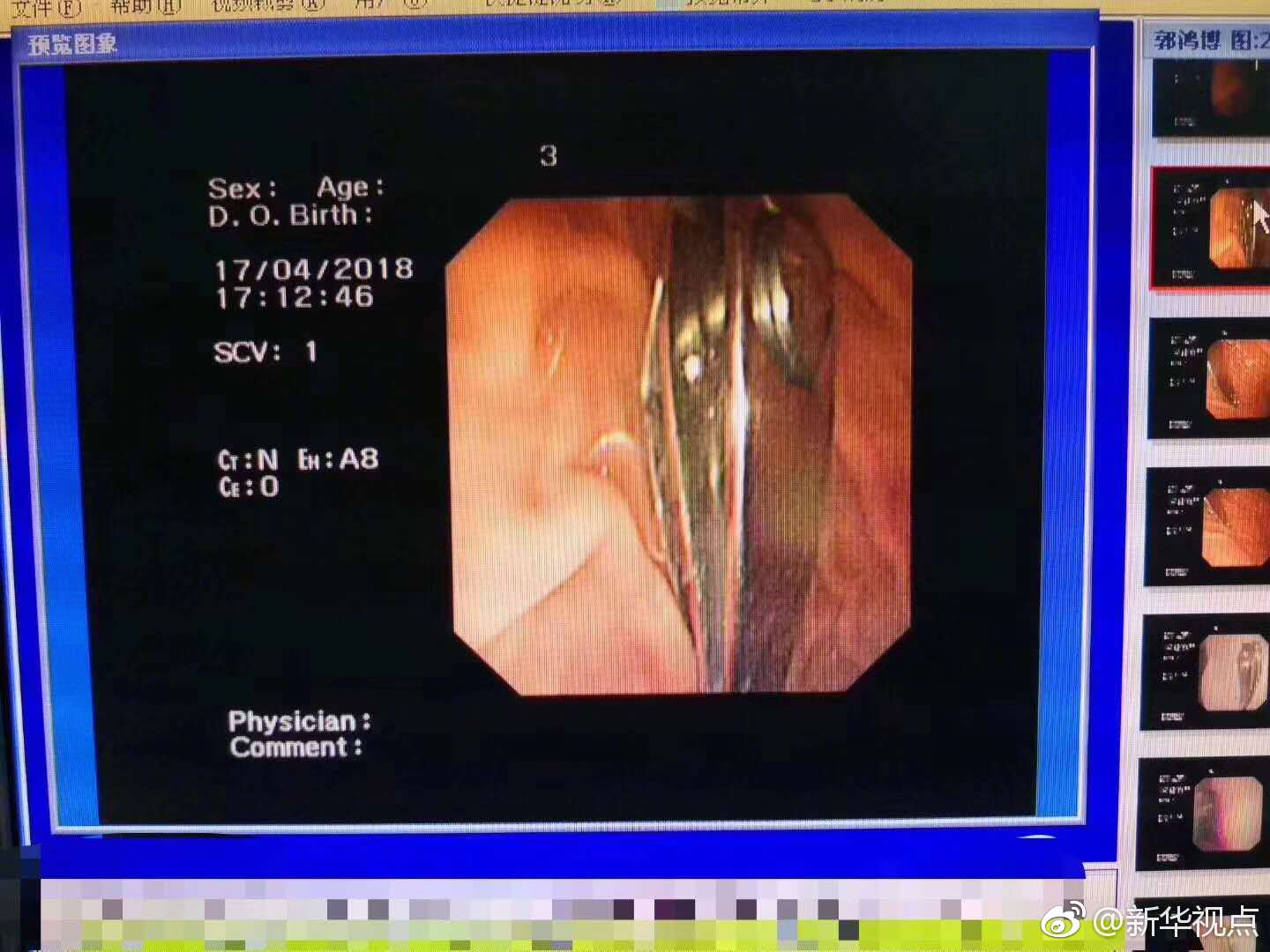 How to facilitate cross-border returns
How to facilitate cross-border returns
958.82MB
Check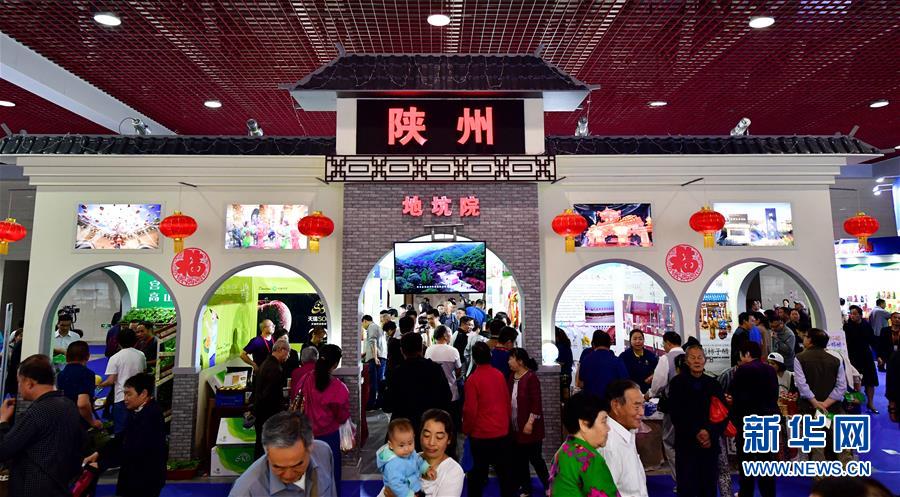 International trade KPI tracking
International trade KPI tracking
882.29MB
Check Trade data analysis for small businesses
Trade data analysis for small businesses
935.21MB
Check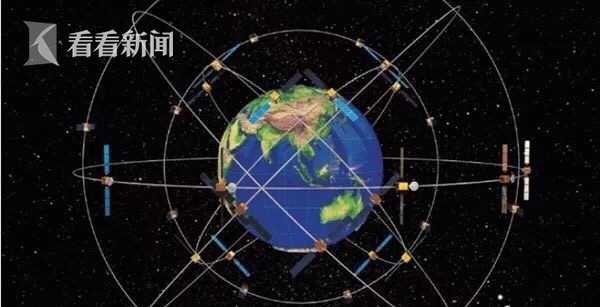 Maritime logistics HS code mapping
Maritime logistics HS code mapping
499.61MB
Check How to identify emerging supply hubsHolistic trade environment mapping
How to identify emerging supply hubsHolistic trade environment mapping
413.77MB
Check HS code-based transport cost modeling
HS code-based transport cost modeling
571.44MB
Check How to analyze import export documentation
How to analyze import export documentation
626.74MB
Check Pharmaceutical raw materials HS code checks
Pharmaceutical raw materials HS code checks
426.26MB
Check International trade law reference data
International trade law reference data
776.73MB
Check High-precision instruments HS code mapping
High-precision instruments HS code mapping
736.73MB
Check Trade data-driven market penetration
Trade data-driven market penetration
294.79MB
Check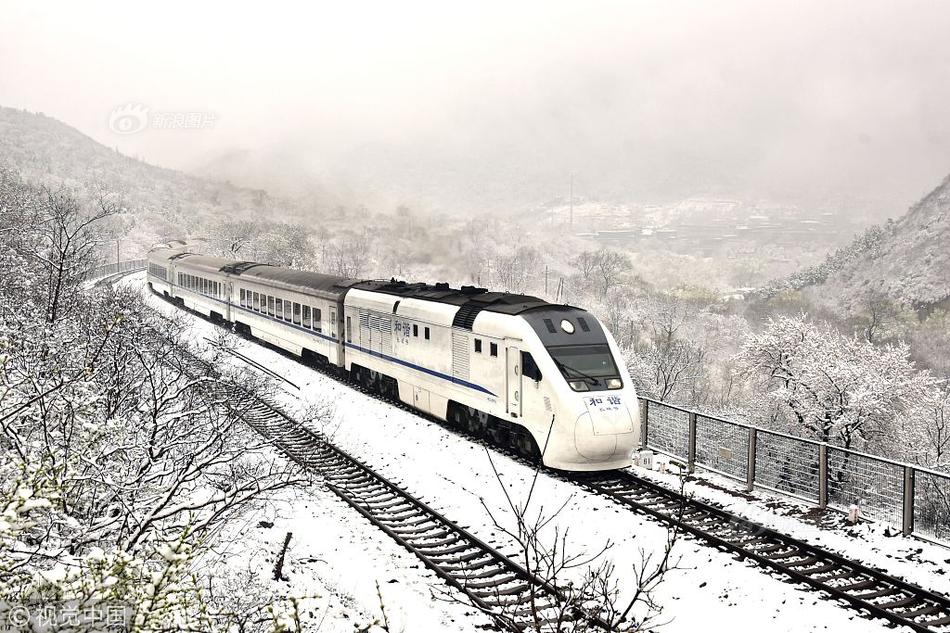 Mineral ores HS code tariff details
Mineral ores HS code tariff details
723.17MB
Check Global trade certificate verification
Global trade certificate verification
194.58MB
Check Real-time importer exporter listings
Real-time importer exporter listings
546.23MB
Check APAC trade flows by HS code
APAC trade flows by HS code
782.23MB
Check Advanced shipment lead time analysis
Advanced shipment lead time analysis
228.26MB
Check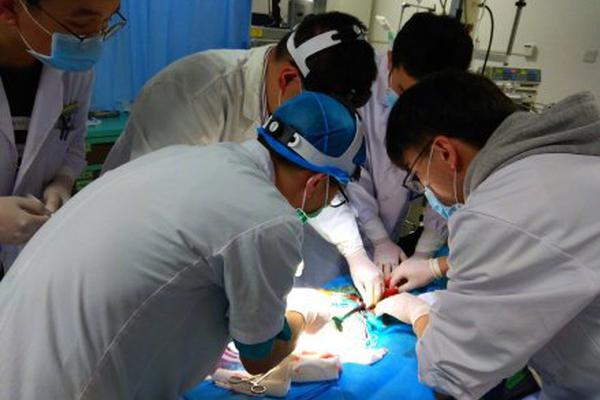 Supplier onboarding with data analytics
Supplier onboarding with data analytics
512.29MB
Check How to reduce transit time variability
How to reduce transit time variability
824.82MB
Check Predictive supply chain resilience
Predictive supply chain resilience
164.26MB
Check Supplier compliance audit automation
Supplier compliance audit automation
318.82MB
Check Real-time HS code data integration
Real-time HS code data integration
169.67MB
Check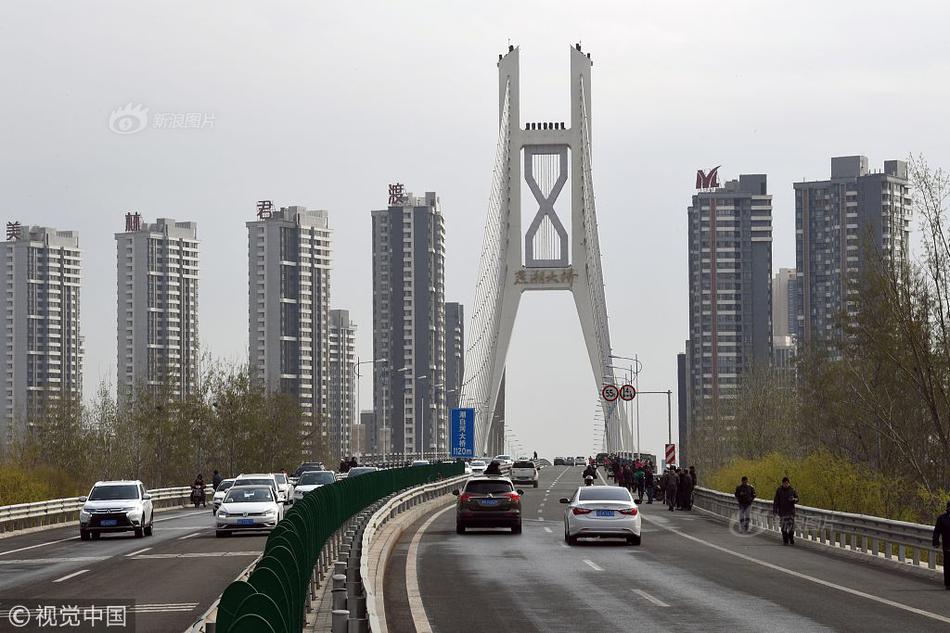 customs transaction analysis
customs transaction analysis
415.83MB
Check How to map trade data to SKUs
How to map trade data to SKUs
171.22MB
Check Global trade resource libraries
Global trade resource libraries
957.68MB
Check Global trade metadata enrichment
Global trade metadata enrichment
554.69MB
Check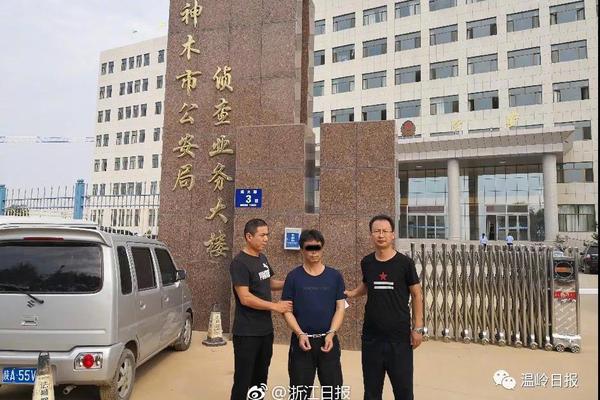 Industry-focused HS code reporting
Industry-focused HS code reporting
488.62MB
Check Wine and spirits HS code verification
Wine and spirits HS code verification
855.75MB
Check Ready-to-eat meals HS code classification
Ready-to-eat meals HS code classification
699.63MB
Check HS code alignment with labeling standards
HS code alignment with labeling standards
222.39MB
Check HS code-based global benchmarking
HS code-based global benchmarking
948.82MB
Check Supply contracts referencing HS codes
Supply contracts referencing HS codes
576.64MB
Check Global trade freight forwarder data
Global trade freight forwarder data
979.59MB
Check HS code-driven route-to-market planning
HS code-driven route-to-market planning
657.74MB
Check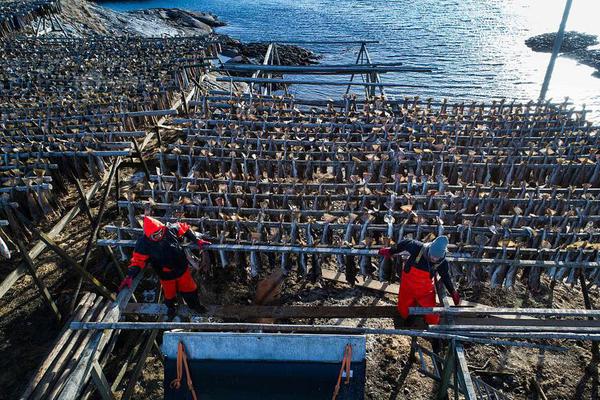
Scan to install
Real-time shipment inspection data to discover more
Netizen comments More
536 export data analytics
2024-12-24 01:20 recommend
1996 Ready-to-eat meals HS code classification
2024-12-24 00:51 recommend
1384 Dynamic customs duty calculation
2024-12-23 23:49 recommend
2744 import export data
2024-12-23 23:27 recommend
598 Import export cost optimization
2024-12-23 23:11 recommend